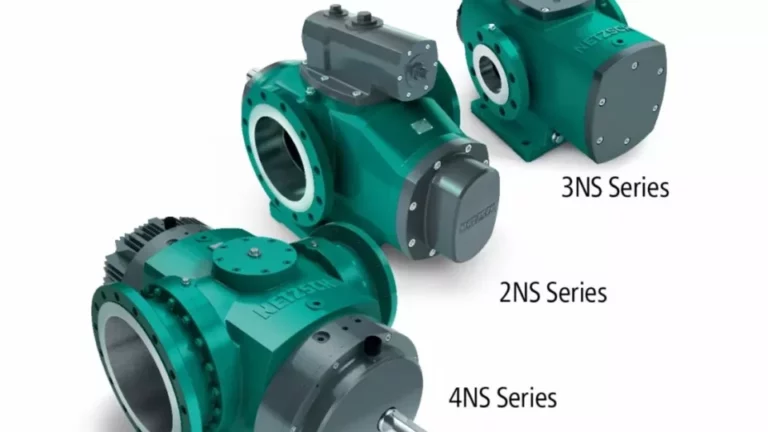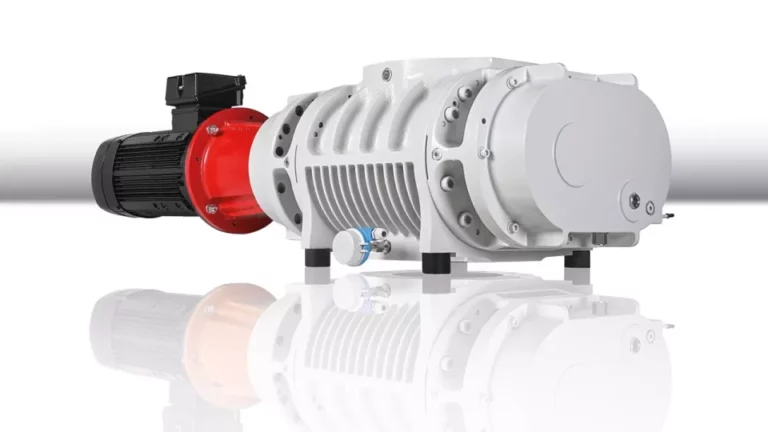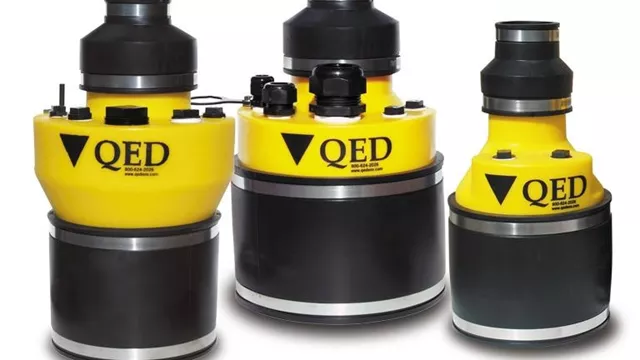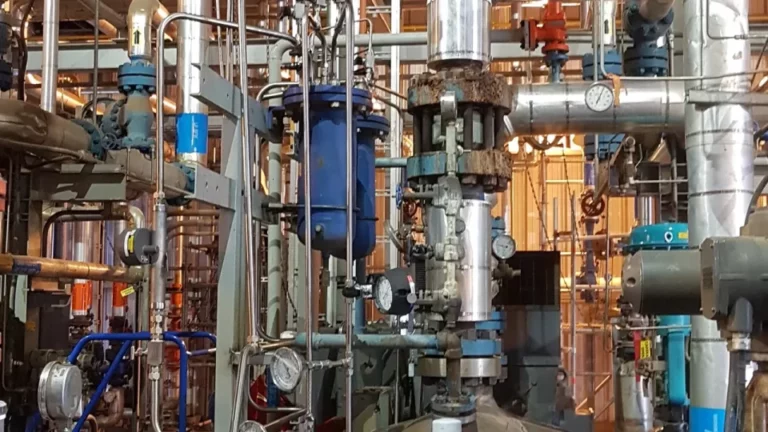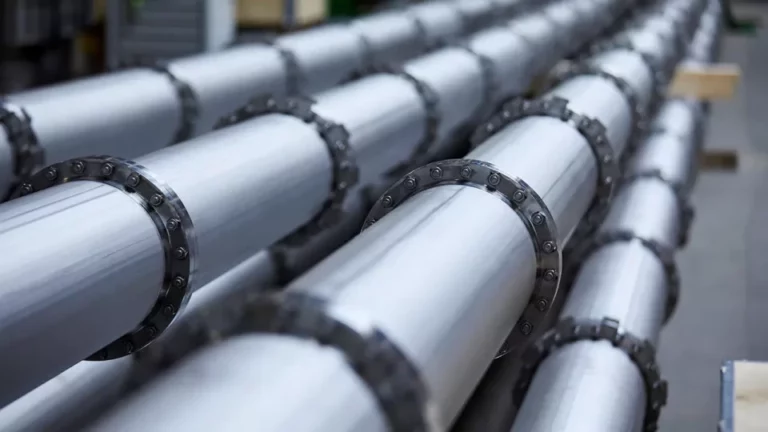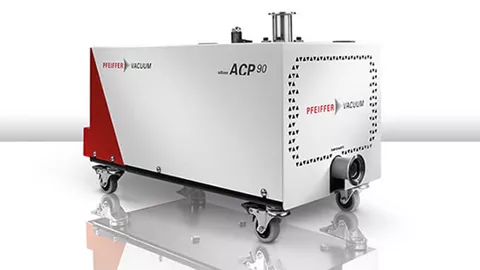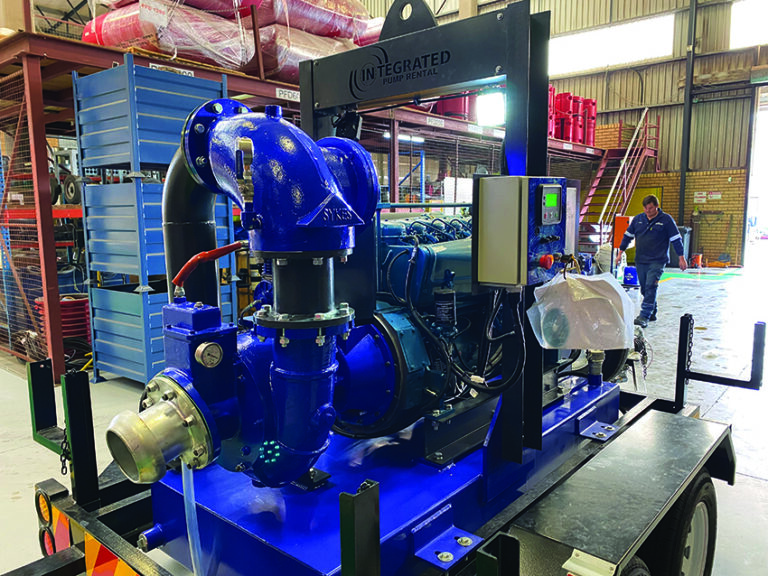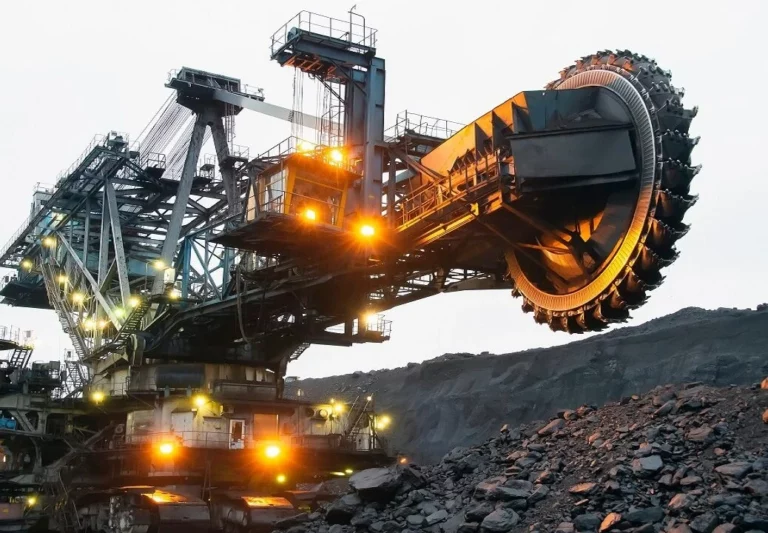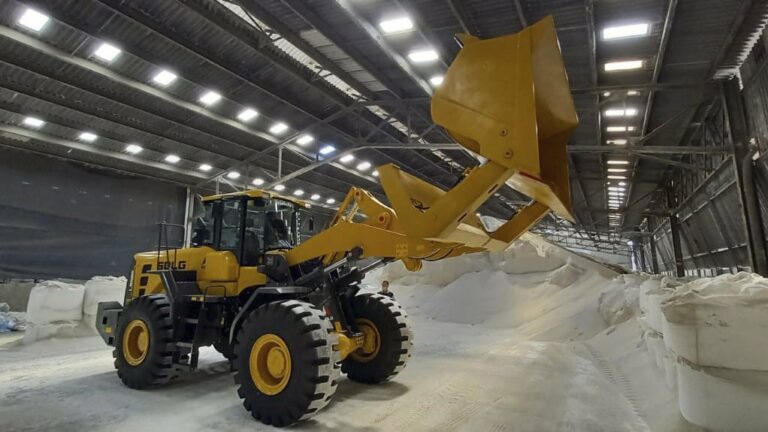The adoption of multi screw pumps has increased exponentially over the past half-decade, with the consumption volume rising from 146,000 units in 2015 to 202,000 units in 2022. Antonio Castilhos, vice president of national sales, Netzsch Pumps North America, explains what is driving this growth.

This rapid rise has been fueled by a number of factors, including major growth in the industries of end users, such as power generation, food and beverage, and chemical and petrochemicals. Other reasons include the modernization of the water and wastewater industries, the use of these pumps in hydraulic fracturing, and the sustained rise of urbanization and industrialization in the developing world.
In addition to increasing demand, there is also a growing awareness and understanding of the advantages of multi screw pump technology. Indeed, these technologies have benefited from significant improvements, including new designs and the ability to machine within tighter tolerances. Specialized products have also become available with varying levels of performance for a range of specific applications.
The advantages of multi screw pumps
Multi screw pumps provide a wide range of advantages across their various applications. First, these pumps are distinguished by their energy and operating efficiency, leading to significant reductions in energy cost and cost of maintenance. Specifically, Netzsch NOTOS multi screw pumps lead to 23.3% more efficiency when compared to other pumps on the market.
These pumps can also handle a wide range of media, including incompressible and highly-viscous products. This includes product that is abrasive, aggressive, corrosive, shear-sensitive, solids laden, low or high viscosity, and lubricating or non-lubricating.
High pressure and leak free, the performance of multi screw pumps is consistently high level. They handle the conveyed product gently and smoothly, also reducing the noise of the process. Because they are entirely made of metal, multi screw pumps can also tolerate high temperatures, easily withstanding temperatures above 572° Fahrenheit / 300° Celsius.
Multi screw pumps are also hygienic by design, making them ideal for applications in near-sterile environments, such as in the food, beverage, pharmaceutical, and cosmetics industries. These pumps are quite easy to clean because they are made of stainless steel and are rigorously polished, such that a pumped product cannot stick to the surfaces. This hygienic design allows for effective cleaning-in-place (CIP) and sterilization-in-place (SIP) processes.


